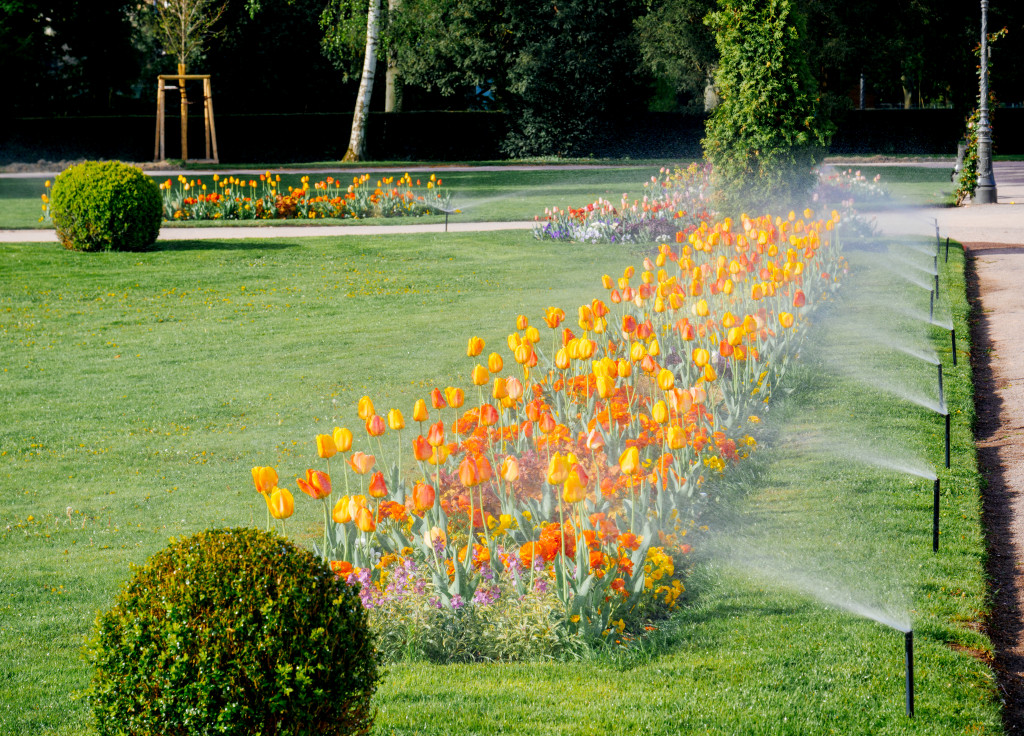Multiple studies have confirmed: spending time in the natural environment is good for our mental health. Scientists from around the world continue to discover the positive effect of green spaces on the mind. Having access to nature reduces stress, improves mood, reduces negative emotions, increases happiness, aids in better quality sleep, and encourages positive social interactions.
One study suggested that being in nature has helped people find meaning in life. In addition, by looking at foliage, people can boost their cognitive abilities, including concentration, memory, and creativity.
The pandemic, which made countries enter into lockdowns, only emphasized the need for access to the green and blue spaces. People from different countries said that being outdoors in nature helped them better cope with the stress of the pandemic.
Meanwhile, those who did not have access to green and blue spaces showed symptoms of anxiety and depression. An increasing number of doctors are prescribing nature-based activities such as walking on a beach, birdwatching, hiking, and forest bathing as part of treatment for various mental health conditions.
The benefits of spending time in the natural environment are evident. But access to green spaces is becoming rare, especially in urban areas.
What Home Buyers are Looking for
The desire to be closer to nature informs the buying decisions of those looking for a new home. In one recent survey conducted in the United Kingdom, respondents ranked proximity to green spaces as one of the most important factors they consider when moving to a new home. Alongside the ability to visit loved ones more often, having the opportunity to be in nature is a major selling point.
This does not come as a surprise. After spending over a year indoors, people want to be out in nature where they can breathe fresh air and get a dose of sunlight. The survey also revealed that for 51 percent of respondents, access to green spaces and the abundance of natural light will dramatically improve their overall well-being.
Another survey found that the majority of respondents believe that there will be a strong desire for properties with balconies or gardens (81 percent) and located near green spaces (74 percent). The respondents also predict that the appeal of living in tower blocks and highly urbanized areas will also fall.

How Green Spaces Increase Property Value
The addition of green spaces has long been known to increase the value of a real estate property. A well-manicured lawn is an advantage when selling a house because it improves curb appeal.
A garden, however, is one of the best features to have in a house. It is a pretty low-cost home improvement project, and it is one that you can do on your own. Moreover, while you live on the property, you have the opportunity to use the space to grow your own fresh produce. It saves you money by reducing your expenses on groceries. Seeds are affordable, but fruits and vegetables cost a lot of money. If you end up having more than enough fruits and vegetables from your garden, you can sell your harvest to your neighbors.
Moreover, the return of investment (ROI) of a garden addition is high. By the time you resell your home, your garden will boost the property’s value by up to 77 percent.
Even a more expensive addition such as a glass garden room, which can serve as a greenhouse for the all-year growing of produce or warmth-loving plants, can increase the property’s value. It creates an additional living space that attracts buyers, especially those who love entertaining guests or relaxing around the foliage.
It also helps that a garden room, although it can be an expensive investment, is very versatile. Now that working from home is the norm, many people are looking for spaces that they can turn into a home office.
A structure built in the garden is ideal for those who work remotely because it gives them privacy, peace, and a view of nature. Nature has already been proven to boost productivity and reduce stress. The additional floor space from a garden room can raise the property’s value by an average of 8.4 percent.
Meanwhile, homes that are in proximity to public parks also see their value rise over the years. According to one study, properties that are in front of or beside a public park had as much as a 20-percent increase in value.
People want green spaces, especially in urban areas where there is limited access to the natural environment. Properties that have private green spaces or are close to public green spaces become more valuable as buyers seek homes that bring them closer to nature.




